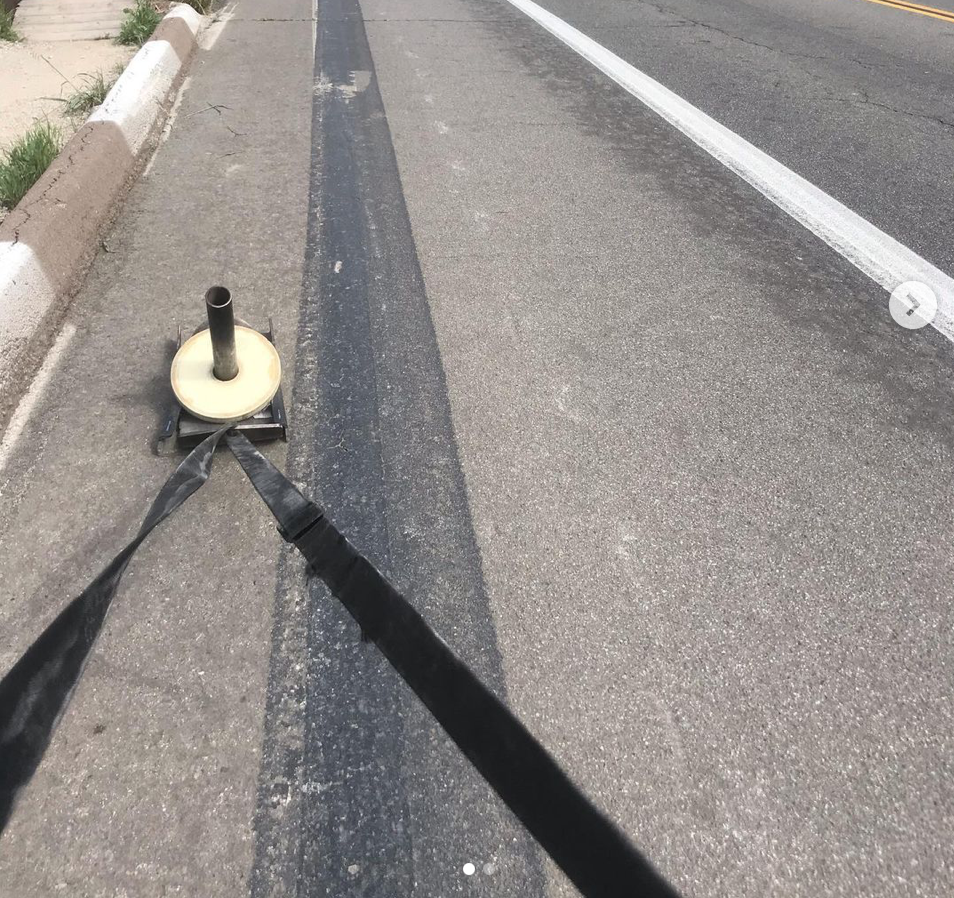
Where are You Coming in At?
Written by TJ O’Brien
Recently Richard Aceves of Strongfit, a strongman-influenced, but oh-so-much-more training program started by Julien Pineau, spoke about their training methods and principles at our staff meeting in Sorrento Valley. Here’s a big takeaway from the lecture that everyone should consider every. single. training day.
Part of Strongfit’s influence on Invictus can be seen in our coaches’ desire to train with sleds, ropes, and carries. In turn, we frequently suggest them as alternatives for you. There are a few reasons for this:
– they don’t require a lot of load to be effective
– the movement is mostly concentric (less soreness than eccentric movements)
– they don’t require technical skill to perform
But more importantly…
They provide you more mental headspace so you can adjust the stimulus of the workout in order to get what you came for – be it a sweat sesh, to feel dead and accomplished afterwards, or because you’re training for something in particular.
What you need when you show up will change each day. So the thing you must consider before each session is…
Where are you coming in at?
Are you…
– late from work and finding parking, stressed and thinking about 5 other things
– beat up from the week and feeling rundown
– with the workout memorized, a strategy planned, ready to crush it
– somewhere in between
According to Strongfit, your mental/nervous system state, along with your overall goal, should dictate how you approach your workout. Assuming you want longevity, aesthetics, and a mental lift, that is.
Richard and Strongfit espouse a philosophy that the nervous system can be manipulated through specific types of exercises, with protocols that include bringing athletes from a warm-up flow state to a workout fight/flight state, then back down to flow before they leave the gym.
The idea of “tension over position” is also a key principle and it goes like this: where you hold tension in a lift is more important than what the lift looks like.
Basically, everyone overuses their low back and traps, but by focusing attention on the muscle groups like the lats, obliques, pecs, and low abs, we can create balance between your body’s “torque chains,” resulting in stronger lifts and fewer injuries.
Here’s a recap of the key takeaways…
Your daily training is a template, and it is basically impossible that doing it as written is the absolute best you can do for your goals.
Make small changes to programming that decrease complexity in movement and increase your ability to get what you need out of the program.
What you need may change by day or over time. To get a feel for what you need, ask yourself why you go to the gym or what your specific goals are. Then ask “why” again a few more times until the answer or answers feel right to you.
Bringing awareness to your motivations and preferred styles of training allows you and your coach to tailor workouts so that you get what you come for each day.
Do these ideas resonate with you, too? Recently more than ever, I’ve realized that I need training for my own mental health. That realization has allowed me to feel more comfortable with incorporating other styles of training into my workouts, so long as they work for my overall motive to feel great. This perspective has transformed my training from a pursuit of technical mastery into a pursuit of a sort of personal mastery, too. Key word: pursuit. How about you?
Also Check Out…
A Case Against Mixed Grip Deadlifts